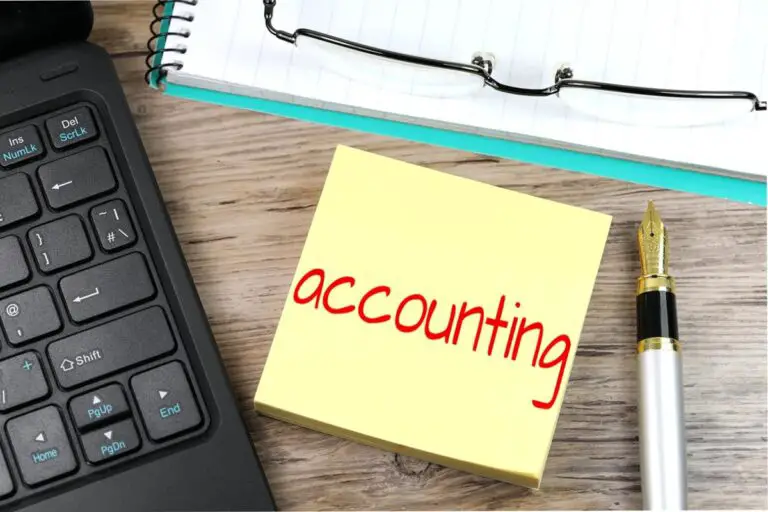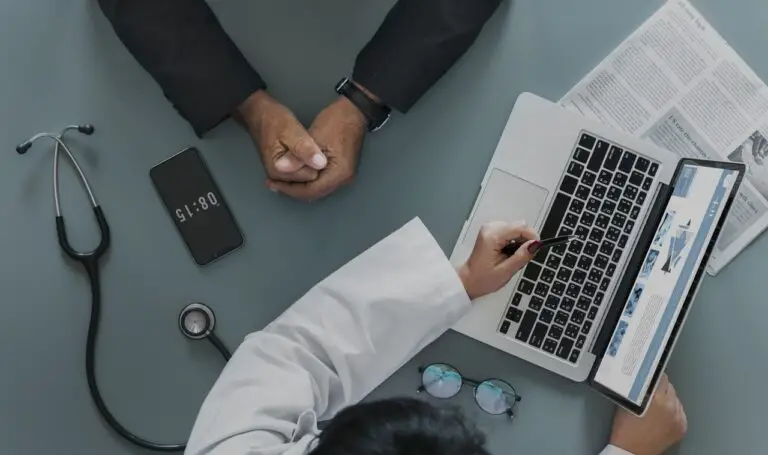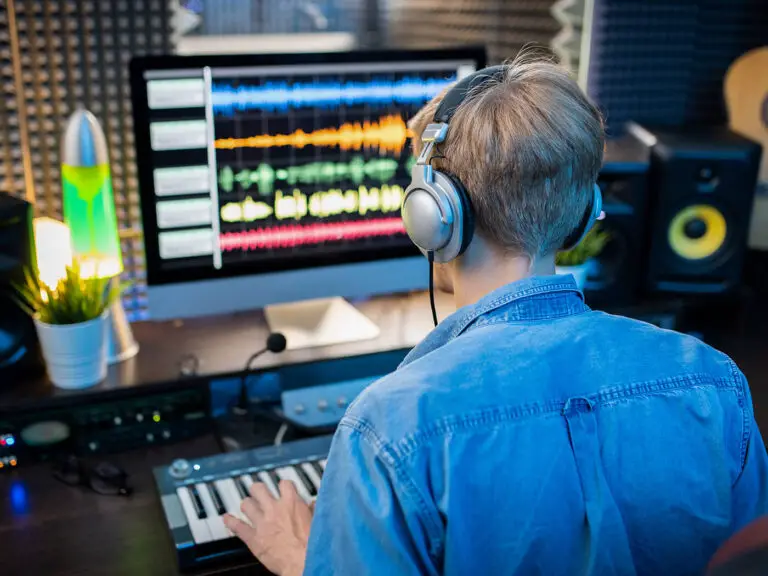Block Diagram of Computer System
Here in this article, you will learn about the basic block diagram of computer system and what are its components. Through this block diagram, you will get to understand the internal working of a computer.
So, let’s get started.

A computer generally is comprised of three major components:
- Input devices
- Output devices
- CPU (Central Processing Unit)
Before moving forward, if you want to start with the basics of what is Computer, full form of computer, and the evolution of computers.
Although, with the help of these components, working collaboratively under a single architecture, a computer can perform various tasks. It plays in a standard way of taking input from the user, processing the data, and then giving the outcome.
Besides, the block diagram of computer gives a pictorial description of the internal working, which will help you to understand precisely how it processes the data. A computer system irrespectful of their size and composition is built to perform these primary functions.
- To take input from the user through input devices;
- To process the input data as required by the user;
- Storing the data for future needs;
- To give the output of processed input data;
- And to control all the operations
Block Diagram of Computer System
 Here we present to you the simple and easy block diagram of a computer. Also, it would be much easier for you to understand computer architecture and internal working with the help of this block diagram.
Here we present to you the simple and easy block diagram of a computer. Also, it would be much easier for you to understand computer architecture and internal working with the help of this block diagram.
Basic Components of Computer
Everything you see in the block diagram are the elements and parts of computer architecture. We will discuss them all in brief.
- Input devices
- Output Devices
- Storage
- CPU
- ALU (Arithmetic Logic Unit)
- CU (Control Unit)
In order to understand the working of a computer, first, we need to understand each component and its uses. And why they are essential in a computer system.
Brief Explanation of Working Components in Computer
Input Devices

The computer system is provided with the set of instructions and programs to process raw data into useful information. Now, these raw data are fed into the computer using an input device such as a mouse, keyboard, joystick, microphone, scanner, etc.
Further, the set of instructions converts the raw data into the computer-readable format, i.e., binary form. After conversion, the data is sent to the CPU, which then processes the data. Input devices help users to transmit data into the computer system from the external environment.
Central Processing Unit (CPU)

The CPU, also known as ‘Processor’ in another term, is the central core element of a computer. Besides, it is considered to be the ‘heart’ or ‘brain’ that controls and directs every aspect inside the system.
It is the CPU that processes the input (raw) data taken from the external world and gives the output as per the user requirements. Moreover, it controls and manages every operation, starting from taking input, processing data, to producing the output.
Furthermore, CPU comprises two significant parts ALU and CU.
Arithmetic Logic Unit (ALU)
A CPU process the data based on the Arithmetic and Logical unit. The Arithmetic unit helps to perform operations such as addition, subtraction, multiplication, division, etc. Besides, the Logic unit performs tasks including AND, OR, EQUAL, LESS THAN, GREATER THAN, etc. operations on the data.
Control Unit (CU)
The Control Unit helps in managing and controlling all the operations inside a system. It helps in coordinating all activities that are to be carried out in a sequence of manner. Moreover, the CU receives the set of instructions from the main memory, converting them into control signals, which are further sent to the central processor that helps in understanding and executing the operations.
Output Devices

Output devices generally receive processed data or information from the central unit. After receiving the data, it converts it into a human-readable format from the binary form. Finally, the user can obtain the result of information through output devices such as monitors, printers, headphones, speakers, etc.
The output devices let users gain productive information by connecting a link between the computer and the external environment.
Storage Unit
There are two types of storage units inside a computer system, temporary and permanent. The temporary storage, also known as the primary or main memory use to store redundant data or information which is to be processed. The set of instructions and programs are stored inside the main memory that are further transferred to ALU and CU.
This memory is not useful for storing large amounts of data. Instead, it stores the data temporarily, which gets lost in case of power failure.
The secondary storage is known as permanent storage that can store vast amounts of data permanently on the system. The data remains in memory, even if there is any power loss. The secondary storage is comparatively cheaper than the primary storage.
So, these were the significant elements of a computer system. With the brief explanation of each part, we have also explained their working. It is how the block diagram of computer illustrates the internal functioning and processing of the system in a simple manner.
If you are left with any query, then please let us know in the comment box below.






